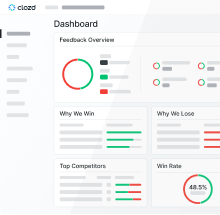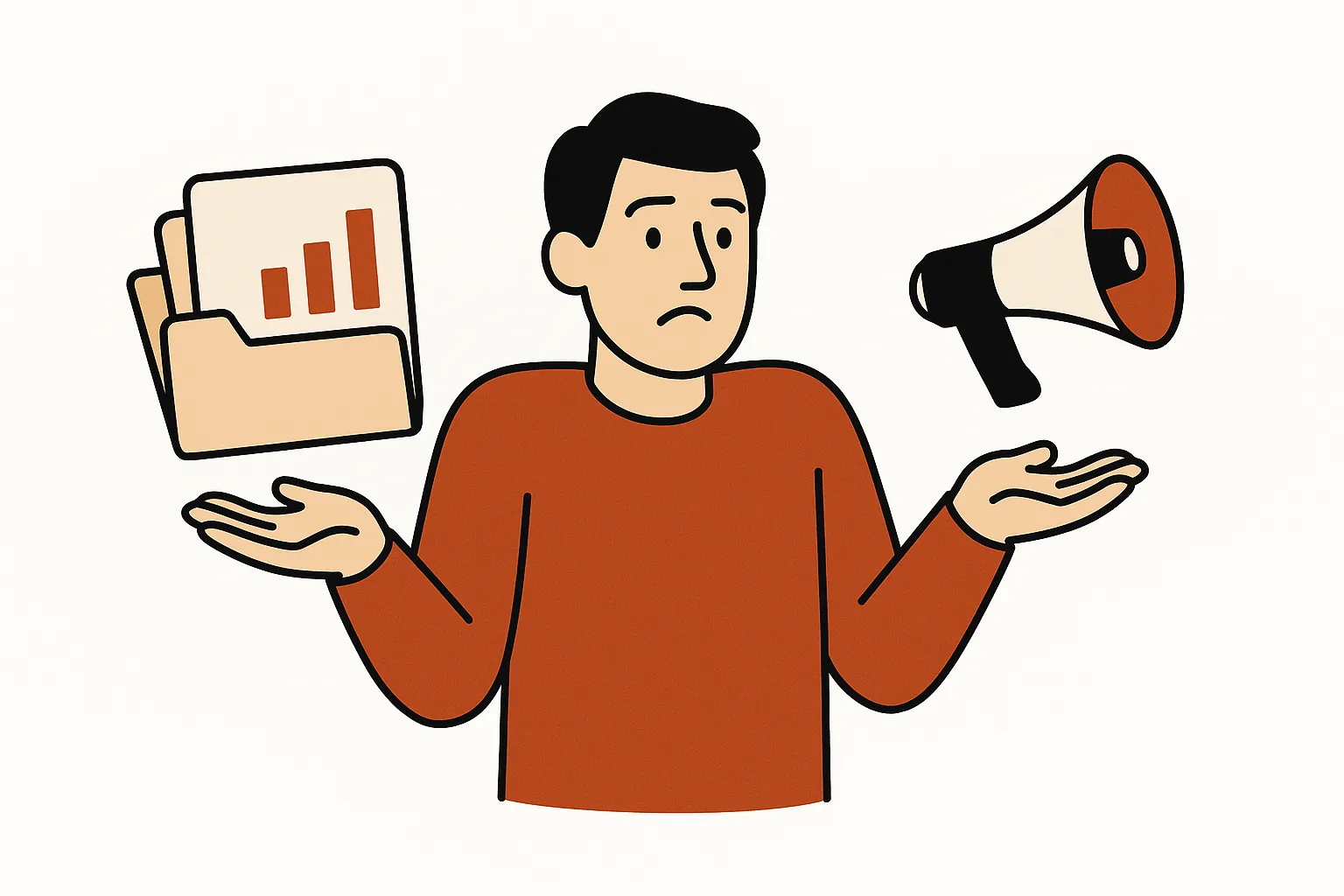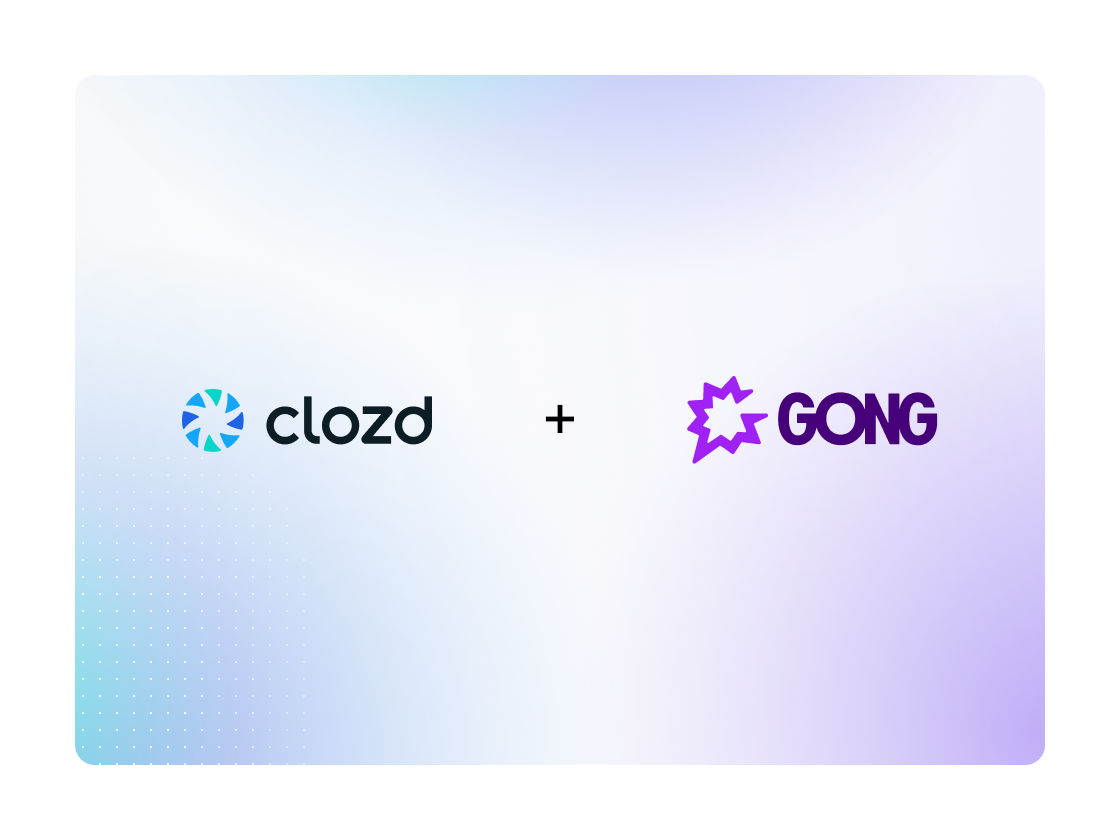In the competitive landscape of B2B, understanding the nuances of customer outreach can be the difference between stagnation and growth. This guide explores how businesses can effectively engage with customers even after they've churned, leveraging insights to drive future success.
Understanding Customer Outreach
Customer outreach is a strategic approach to engage with customers, aiming to build and maintain strong relationships. It involves various methods, from personalized emails to direct interviews, all designed to gather valuable feedback and insights.
What Qualifies as Outreach?
Outreach encompasses any effort to connect with customers, whether through digital channels, face-to-face interactions, or surveys. The goal is to foster a dialogue that can lead to improved customer experiences and business outcomes.
Why Engage Churned Customers?
Engaging with customers who have left your service might seem counterintuitive, but it offers unique opportunities for growth and improvement.
The Benefits of Customer Outreach
- Uncover Hidden Insights: Churned customers can provide honest feedback about their experiences, revealing pain points and areas for improvement.
- Enhance Product Development: Insights from former customers can inform product enhancements, ensuring future offerings align with market needs.
- Strengthen Brand Loyalty: Demonstrating a commitment to listening and improving can rebuild trust and encourage former customers to return.
Will My Churned Customer Even Respond to Outreach?
A common question is whether a customer who has discontinued using your service will actually respond to outreach efforts. While response rates can vary, several factors influence a former customer's willingness to engage:
- Timing: Reaching out soon after churn increases the chances of a response, as their experience is still fresh.
- Relevance: Personalized communication that acknowledges their specific journey and reasons for leaving shows genuine interest in their perspective.
- Value: Making it clear how their feedback will contribute to meaningful change can motivate participation.
- Approach: A respectful and empathetic tone—free from pressure—encourages open communication.
Although not every churned customer will respond, many appreciate the opportunity to share their views, especially when they understand their input is valued and could lead to improvements. Being transparent about the purpose of your outreach, and offering an easy, low-commitment way to participate, can further increase response rates.
Incentives for Participation
To encourage participation, businesses can offer incentives that make it worthwhile for customers to share their experiences.
Types of Incentives
- Discounts or Credits: Offering financial incentives can motivate customers to engage in feedback sessions.
- Exclusive Access: Providing early access to new features or products can entice customers to participate.
- Recognition: Acknowledging customers' contributions publicly can enhance their sense of value and loyalty.
Conducting Effective Customer Interviews
Customer interviews are a powerful tool for gathering in-depth insights. Here’s how to conduct them effectively:
Step-by-Step Guide to Interviewing Customers
- Set Clear Objectives: Define what you aim to learn from the interview.
- Prepare Thoughtful Questions: Craft questions that encourage detailed responses and uncover underlying issues.
- Create a Comfortable Environment: Ensure the setting is conducive to open and honest communication.
- Listen Actively: Pay attention to verbal and non-verbal cues to fully understand the customer's perspective.
- Analyze and Act on Feedback: Use the insights gained to drive strategic decisions and improvements.
Building a Customer-Centric Strategy
A successful customer outreach strategy is rooted in understanding and addressing customer needs.
Key Elements of a Customer Experience Strategy
- Personalization: Tailor interactions to individual customer preferences and histories.
- Consistency: Ensure a seamless experience across all touchpoints.
- Feedback Loops: Regularly gather and act on customer feedback to continuously improve.
- Empowerment: Enable customers to feel valued and heard, fostering a sense of partnership.
Overcoming Challenges in Customer Outreach
While customer outreach offers numerous benefits, it also presents challenges that businesses must navigate.
Common Challenges and Solutions
- Resistance to Participation: overcome this by clearly communicating the value of their feedback and offering meaningful incentives.
- Data Overload: Focus on actionable insights rather than collecting excessive data.
- Maintaining Engagement: Regularly update customers on how their feedback is being used to keep them engaged and invested.
Conclusion
Customer outreach, especially to those who have churned, is a vital component of a robust customer success strategy. By understanding the motivations behind customer decisions and leveraging their insights, businesses can enhance their offerings, improve customer satisfaction, and ultimately drive growth. Embrace the power of customer feedback to transform challenges into opportunities for success.











.svg)











.svg)

.svg)




